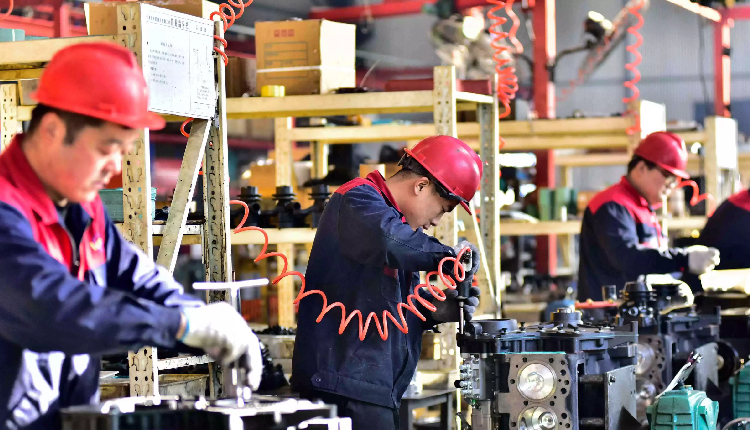China’s Caixin/S&P Global manufacturing purchasing managers’ index (PMI) decreased to 49.8 in July, down from 51.8 the previous month. This reading, the lowest since October last year, missed analysts’ forecasts of 51.5.
The survey primarily covers smaller, export-oriented firms and aligns with the official PMI data showing a five-month low in manufacturing activity.
“Looking ahead, we expect a period of below trend global growth to weigh on manufacturing activity across Asia for the rest of this year,” said Shivaan Tandon, markets economist at Capital Economics.
Japan’s final au Jibun Bank Japan manufacturing PMI declined to 49.1 in July, dropping below the critical 50.0 threshold that separates growth from contraction.
This marks the first contraction in three months, reflecting soft domestic demand and rising input costs.
South Korea’s manufacturing sector remained above the growth threshold, with a PMI of 51.4 in July.
However, this represents a slowdown from June’s 26-month high of 52.0. Strong chip sales supported exports, but concerns persist about sustained recovery in China demand.
Economists anticipate a challenging outlook for the region due to weakness in China and Japan. However, hopes rest on an expected global rate easing cycle, with the US Federal Reserve signalling possible interest rate cuts as early as September.
The International Monetary Fund (IMF) predicts Asia’s growth to slow from five per cent in 2023 to 4.5 per cent in 2024 and 4.3 per cent in 2025, assuming central banks ease monetary policies.
Other Asian economies
- Taiwan’s factory activity expanded but at a slightly slower pace in July (PMI 52.9, down from 53.2 in June).
- India’s manufacturing activity continued to grow robustly in July, driven by strong demand, although cost pressures escalated.
- Indonesia and Malaysia experienced shrinking manufacturing activity during the same period.
Attribution: Reuters



